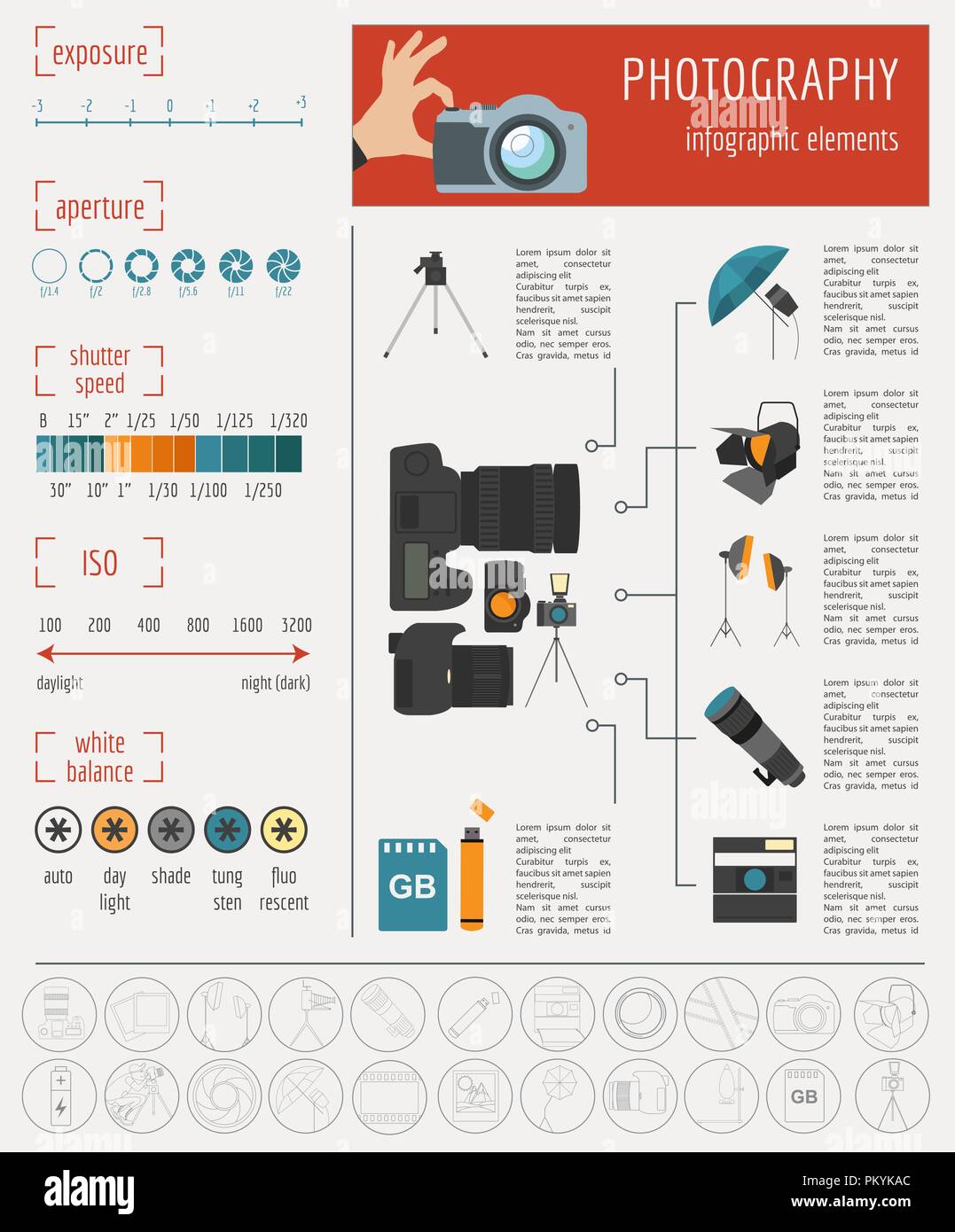Change Your Digital Photography By Understanding Lights Strategies That Can Boost Your Photos-- Find The Common Mistakes That Could Be Holding You Back
Change Your Digital Photography By Understanding Lights Strategies That Can Boost Your Photos-- Find The Common Mistakes That Could Be Holding You Back
Blog Article
Short Article Author-Greenwood Heath
As a digital photographer, you know that lights can make or damage your images. Understanding the nuances of both natural and fabricated light is vital for catching the mood and clarity you go for in your job. Whether you're chasing after the excellent golden hour radiance or fine-tuning your man-made configurations, mastering these elements can boost your digital photography significantly. However there are common challenges that lots of overlook, and acknowledging them can change your technique to every shoot. Let's discover what you might be missing and just how it can influence your results.
Comprehending Natural Light
Comprehending all-natural light is crucial for any professional photographer looking to enhance their job. It's the foundation of terrific digital photography, influencing state of mind, tone, and clarity. When you fire outdoors, focus on the moment of day. The golden hour-- soon after dawn and before sunset-- supplies soft, warm light that can transform common scenes into stunning photos.
Don't ignore the power of overcast days. Cloud cover diffuses sunshine, creating a soft, also light that's perfect for pictures and macro digital photography. You'll locate shades pop in this kind of lights without rough shadows.
Placing Executive portrait studio , too. Always consider your subject's positioning to the light. If the sun's behind your topic, you might wind up with a shape, which can be remarkable but mightn't be what you desire. Alternatively, direct sunlight can create unflattering shadows.
Explore angles; in some cases, altering your perspective can produce impressive outcomes. Use copyright photographer -natural reflectors, like water or sand, to bounce light onto your topic, adding dimension.
Mastering Artificial Light
Mastering synthetic light is essential for digital photographers who want to take their skills to the next level. Whether you're using speedlights, studio strobes, or constant lights, understanding how to adjust these resources can considerably boost your images.
Begin by familiarizing on your own with the fundamentals of light high quality, instructions, and color temperature level. Trying out different modifiers like softboxes, umbrellas, or grids to manage the softness or cruelty of the light.
You'll locate that soft light typically develops lovely outcomes, while harsher light can add drama and depth. Don't shy away from darkness; they can enhance the three-dimensionality of your subjects.
Pay very close attention to the positioning of your lights. A light located also near to your topic can produce unflattering results, while too far away can result in an absence of detail. Make Photo studio of a light meter or your electronic camera's histogram to guarantee you're exposing properly.
Lastly, remember that fabricated light can be mixed with ambient light for imaginative effects. Balancing these sources might take method, but once you master it, your photography will genuinely beam.
Strategies for Different Situations
When you step into various capturing situations, adapting your lights strategies is critical for catching the very best pictures. For exterior portraits, utilize the golden hour-- morning or late afternoon light-- to soften shadows and enhance skin tones.
If it's an extreme lunchtime sunlight, take into consideration making use of a reflector to bounce light back onto your subject or look for shaded locations for a more even exposure.
In low-light circumstances, like indoor occasions, enhance your ISO and utilize a vast aperture to allow in even more light. A tripod can help remove camera shake, allowing for longer direct exposures without blurring.
If you're contending night, experiment with off-camera flash to develop vibrant illumination and deepness in your photos.
For item photography, utilize diffused lights to prevent rough representations. Softboxes or light tents can aid achieve this impact.
When photographing landscapes, take into consideration the direction of light and time of day, as it can considerably transform the state of mind of your shot.
Always be ready to adjust your setups and placing based on the situation, as adaptability is key to mastering lighting in digital photography.
Final thought
In conclusion, grasping illumination is key to boosting your photography skills. Accept all-natural light's beauty during gold hour, and don't avoid explore synthetic light methods. By adapting your method to various scenarios, you'll record stunning photos that resonate with feeling and quality. Bear in mind, the best illumination can change an average shot into something remarkable, so maintain practicing and improving your understanding of both natural and man-made light. Happy shooting!
